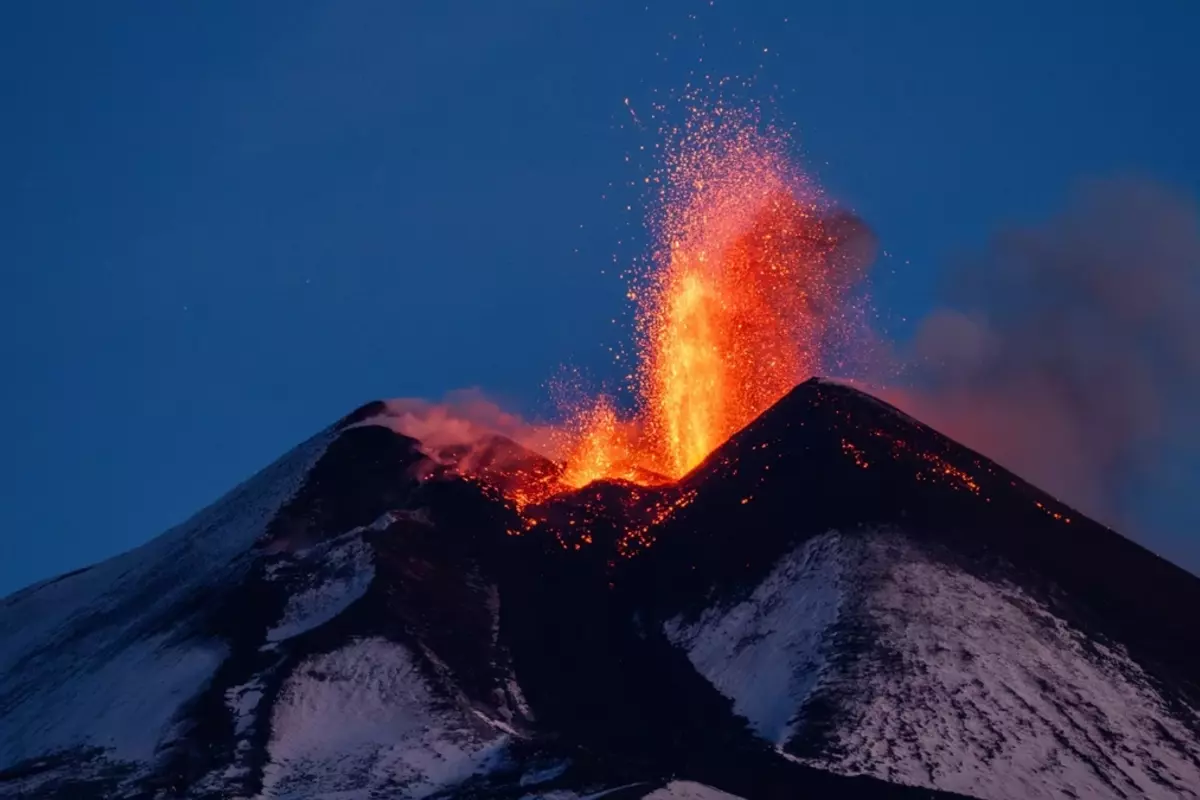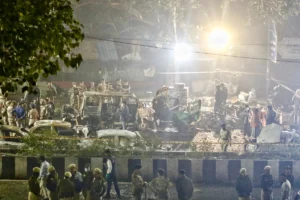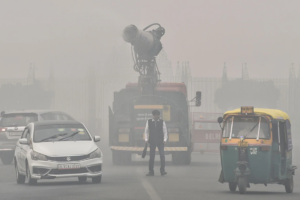
According to officials, a volcano in western Indonesia erupted on Sunday, shooting a column of ash three kilometres into the sky. Hendra Gunawan, head of Indonesia’s Centre of Volcanology and Geological Hazard Mitigation, reported seeing ash from Mount Marapi, an island in Sumatra, 3,000 metres (9,842 ft) above its top.
At 2:54 p.m. local time (0754 GMT), there were no immediate reports of damage or casualties following the eruption.
In a statement, Gunawan stated, “The column of ash was observed in grey colour with thick intensity leaning towards the east.”
“The eruption is still ongoing.”
Also read: UK To Fly Surveillance Over Gaza To Look For Hamas-Held Hostages
With a peak elevation of 2,891 metres, the volcano is on Indonesia’s third-highest alert level under a four-step scale, and officials have established an exclusion zone surrounding Marapi’s crater.
“Communities around the Marapi volcano and tourists are not allowed to hike the Marapi volcano within a three-kilometre radius from its crater/peak,” Gunawan stated.
Ash rain was seen following the eruption, according to Ahmad Rifandi, a monitoring station official at Mount Merapi, who spoke with AFP.
“Bukittinggi city, which is home to over 100,000 people, is the third-largest city in West Sumatra, has been affected by the ash rain,” the speaker declared.
“It is hoped for people who have activities around Marapi mountain to wear hats, glasses and masks.”
On the island of Sumatra, Mount Marapi, often known as the “Mountain of Fire,” is the most active volcano.
Also read: UK To Fly Surveillance Over Gaza To Look For Hamas-Held Hostages
The Indonesian archipelago is situated on the Pacific Ring of Fire, an area of intense seismic and volcanic activity caused by the collision of continental plates.
Java’s Mount Merapi, the most active volcano in the world, erupted in May, spewing lava over two km from its crater.
The nation in Southeast Asia is home to about 130 active volcanoes.
To read more such news, download Bharat Express news apps





















